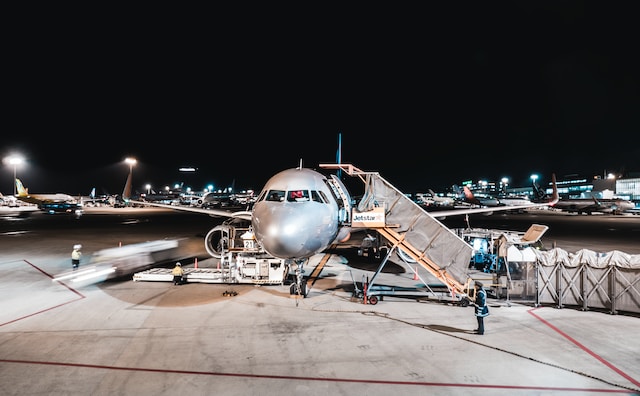
How Do Aerospace Test Systems Predict Component Performance at Altitude?
- July 19, 2023
- by
- admin
Aerospace test systems are critical tools that play a pivotal role in ensuring the safety, reliability, and efficiency of aircraft components at various altitudes. As aviation technology continues to evolve, the demand for high-performance and rigorously tested components grows. Aerospace test systems employ sophisticated techniques to accurately simulate the challenging conditions experienced during flight, enabling engineers to predict component performance at altitude. Here, we explore how these advanced test systems achieve such precision and reliability in evaluating aerospace components.
· High-Altitude Simulation:
Aerospace test systems are equipped to replicate the conditions experienced at different altitudes, from ground-level to the highest cruising altitudes. By adjusting parameters such as pressure, temperature, and air density, engineers can evaluate component behaviour in diverse flight scenarios.
· Stress and Load Testing:
Components subjected to extreme conditions at altitude must withstand significant stresses and loads. Aerospace test systems apply carefully calibrated forces to simulate these conditions, helping engineers identify potential weaknesses and design flaws that may compromise performance.
· Thermal Testing:
Altitude changes can lead to temperature variations, challenging the thermal stability of aerospace components. Aerospace test systems employ thermal chambers and other techniques to simulate temperature fluctuations, enabling engineers to assess how materials and components respond under different thermal conditions.
· Vibration Analysis:
Aircraft encounter various vibrations during flight, and components must be resilient enough to endure them. Aerospace test systems employ vibration analysis to evaluate component durability and detect any resonant frequencies that may affect performance.
· Material Characterization:
Aerospace test systems conduct extensive material characterization to understand how different materials react to altitude-related conditions. This helps engineers select materials with the required strength, thermal resistance, and overall suitability for specific aerospace applications.
Conclusion:
Aerospace test systems play a critical role in predicting component performance at altitude, enabling engineers to develop aircraft components that meet the highest standards of safety and reliability. R&D Test Systems, with its unique experience and insight in developing large-scale test rigs for the aerospace industry, offers superior services for aerospace test systems.
By focusing on understanding your specific test needs, we deliver turnkey solutions that incorporate high-performance components and customized software tailored to your application. From design and manufacture to implementation and maintenance, R&D Test Systems is your trusted partner in ensuring the excellence of aerospace components for the aviation industry.


